Some of the universe's stars have gone missing. But where did they go?
Space Mysteries: An international team of astronomers is on the hunt for objects that should be impossible.
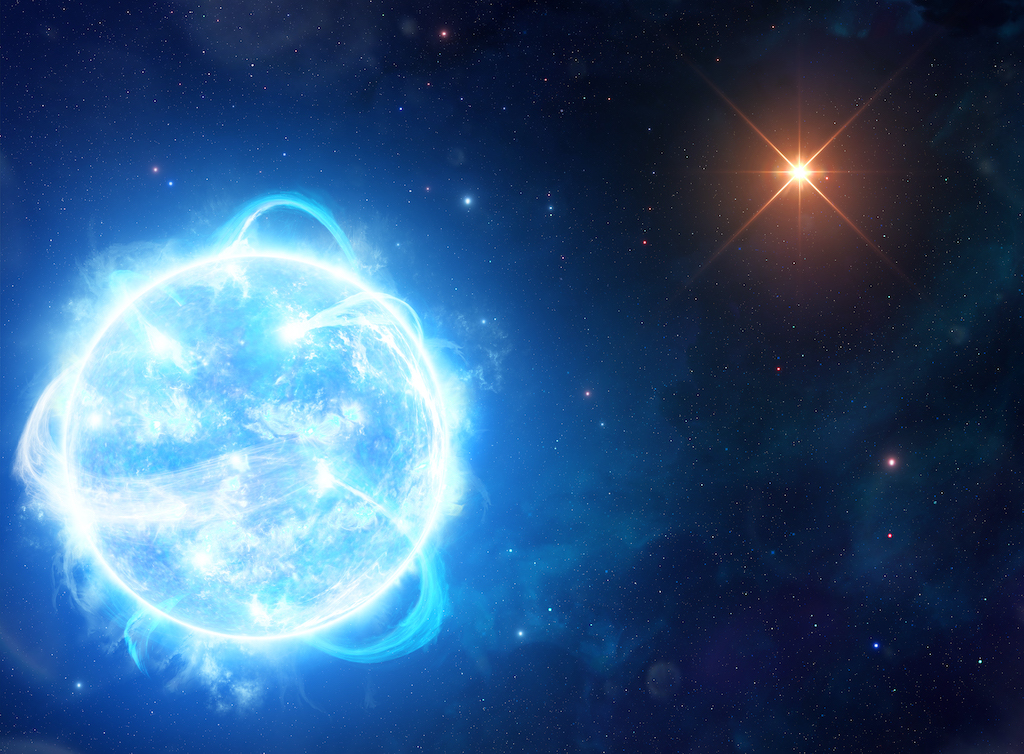
Stars don't just vanish — or do they? For thousands of years, astronomers accepted the idea that the lights in the sky were fixed and unchanging. Even when it became clear that these lights were actually physical objects like the sun, one of the key assumptions for astrophysicists has been that they go through major changes very slowly, on timescales of millions or billions of years.
And when the most massive stars of all — which are many times heavier than the sun — do go through sudden and cataclysmic changes as they reach the ends of their lives, their passing is marked by the unmissable cosmic beacon of a supernova explosion, which shines for many months, and may even be visible across hundreds of millions of light-years.
But what if some stars suddenly just wink out of visibility? According to everything we know about stars, that should be impossible, but over the past few years, a group of astronomers has set out to see whether such impossible things do happen, comparing data across decades of observations.
Related: How Can a Star Be Older Than the Universe?
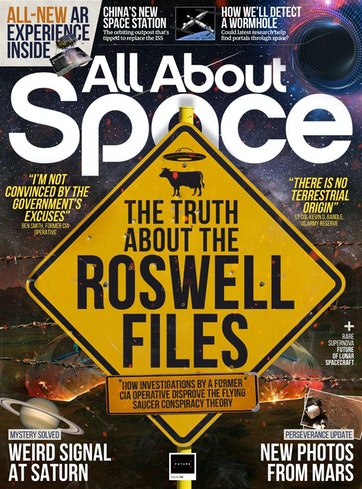
This article is brought to you by All About Space.
All About Space magazine takes you on an awe-inspiring journey through our solar system and beyond, from the amazing technology and spacecraft that enables humanity to venture into orbit, to the complexities of space science.
"VASCO is the Vanishing and Appearing Sources during a Century of Observations project," said Beatriz Villarroel of the Nordic Institute for Theoretical Physics, Sweden. "We're actually interested in all kinds of vanishing objects, but ideally I'd like to find a star that's been steady and has been there in the sky for as long as we can remember and as long as we have data for, and one day it just vanishes. And you can point the biggest telescopes in the world at it and still see nothing there."
Since Villarroel and her colleagues began work on the project in 2017, they've attracted a lot of attention from scientists who see the potential in searching historic records: "We have astronomers from all kinds of different fields interested in the project — specialists in active galactic nuclei [the power source of intensely brilliant quasars in the distant universe], stellar physicists, and SETI [Search for Extraterrestrial Intelligence] scientists — everyone has their reasons for getting involved."

Although our current understanding suggests that stars change only very slowly, and dramatic disappearances should leave traces behind, that's not to say that all stars shine steadily. In fact, the sky is packed full of variable stars that pulsate and change in brightness. Villarroel emphasizes that VASCO is about something different. "We know that there are variables, but their timescales tend to be a few years at most. We want to find something that goes from a completely steady star to just vanishing entirely — this hasn't been documented, and it's the kind of discovery that could lead to new physics."
Breaking space news, the latest updates on rocket launches, skywatching events and more!
Cataloging the sky
Recent years have seen the development of automated telescopes that can catalog the entire sky at a rate that previous generations of astronomers could only dream about. For instance, the Zwicky Transient Facility (ZTF) at Mount Palomar in California combines a state-of-the-art camera with the venerable Samuel Oschin Telescope.
Its ultra-wide field of view enables it to survey the entire Palomar sky over just three nights, scanning the plane of the Milky Way twice each night. This massively increases the likelihood of detecting the chance eruptions known as transients — bursts of light that can be caused by intense stellar flares on distant stars, but may also be associated with some of the most violent and rare events in the universe, such as mysterious gamma-ray bursts.
However, there's a big difference between looking for stars that appear, and those which disappear, as Villarroel highlights: "Projects like the ZTF work on very short timescales, but if you have a very rare event where something vanishes from the sky every 100 years then you really need a very long timescale to pick it up. In our case we want to find a star that has vanished — or actually appeared — using as large a time span as possible, combined with the best catalogs from older times.
We're using data from 70 years ago and comparing it to data from today to see how the sky might have changed." Perhaps ironically, the team's search for high-quality historical data led researchers back to Palomar and the Samuel Oschin Telescope, which in the 1950s produced the photographic plates for an all-sky survey that has since been scanned by the US Naval Observatory (USNO). For a modern counterpart they relied on data from the twin telescopes of the Panoramic Survey Telescope and Rapid Response System (Pan-STARRS) at Hawaii's Haleakalā Observatory.
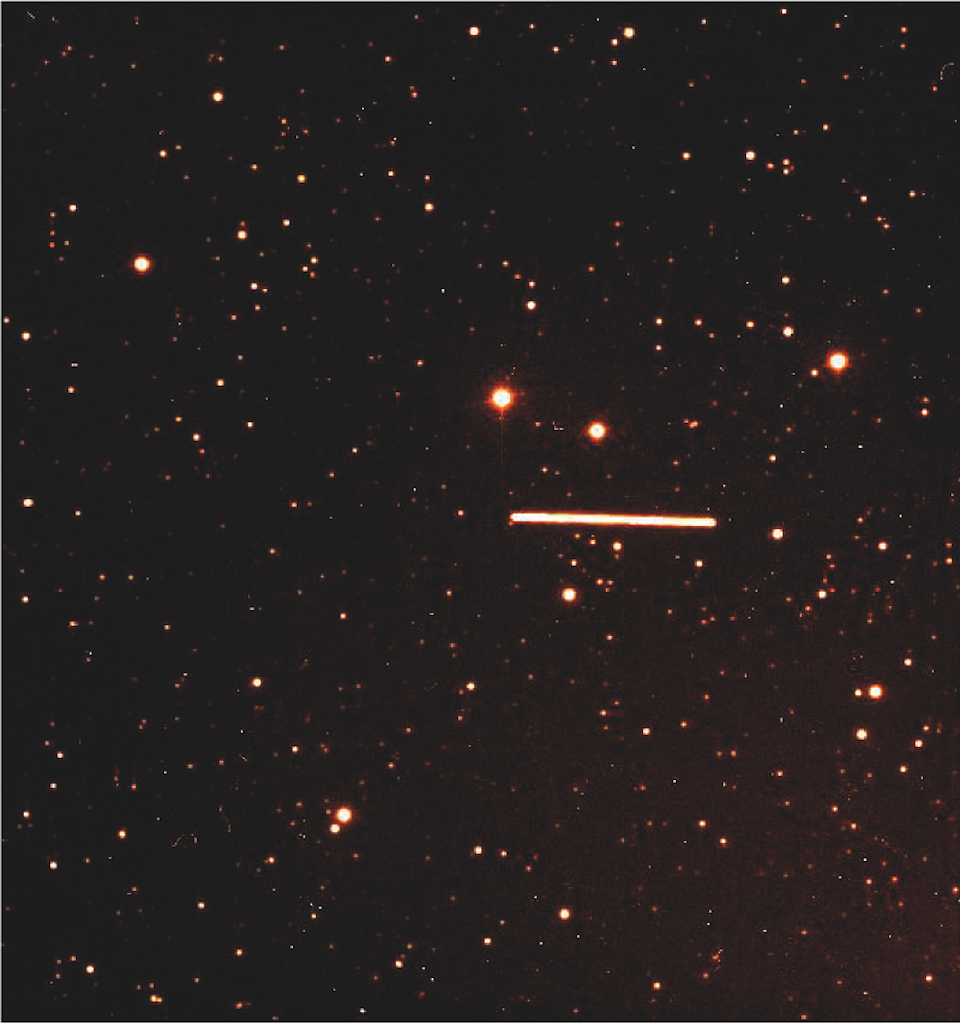
"All of these surveys are freely available, and everything has been digitized and is online," said Villarroel. "Our IT team at Uppsala University has developed a citizen science webpage where you can click and combine images at ml-blink.org. We have computer game developers who have looked at making the design more appealing, and we also have an AI in development.
There are several different ways of approaching the problem — whatever gives us data! The point is that people who are interested can go there to compare the images, and if they are very curious about some case they can leave a comment, and we'll get back to them and inform them about their candidate. But we have quite a lot of work ahead of us before we can follow up on everything."
Every object in the USNO catalog that is flagged as having no obvious counterpart in the Pan-STARRS data has to be examined and confirmed by the team. Researchers then look at the shape, brightness, and other characteristics to identify whether it is a defect on the photographic plates of the original survey.
"You can never guarantee it's not a plate defect," said Villarroel. "But you can do some tests in order to eliminate the most obvious things. Then you go to the deeper catalogs like the Sloan Digital Sky Survey (SDSS) or the new Dark Energy Camera Legacy Survey to see if you can find any remains of the object on these, and depending on what you find that might give you different types of candidates."
The team also compares candidates with data from the European Space Agency's Gaia, which is currently busy gathering precision data for more than a billion stars in the Milky Way.
Related: Star 'Families' Stick Together in the Milky Way, Gaia Maps Reveal
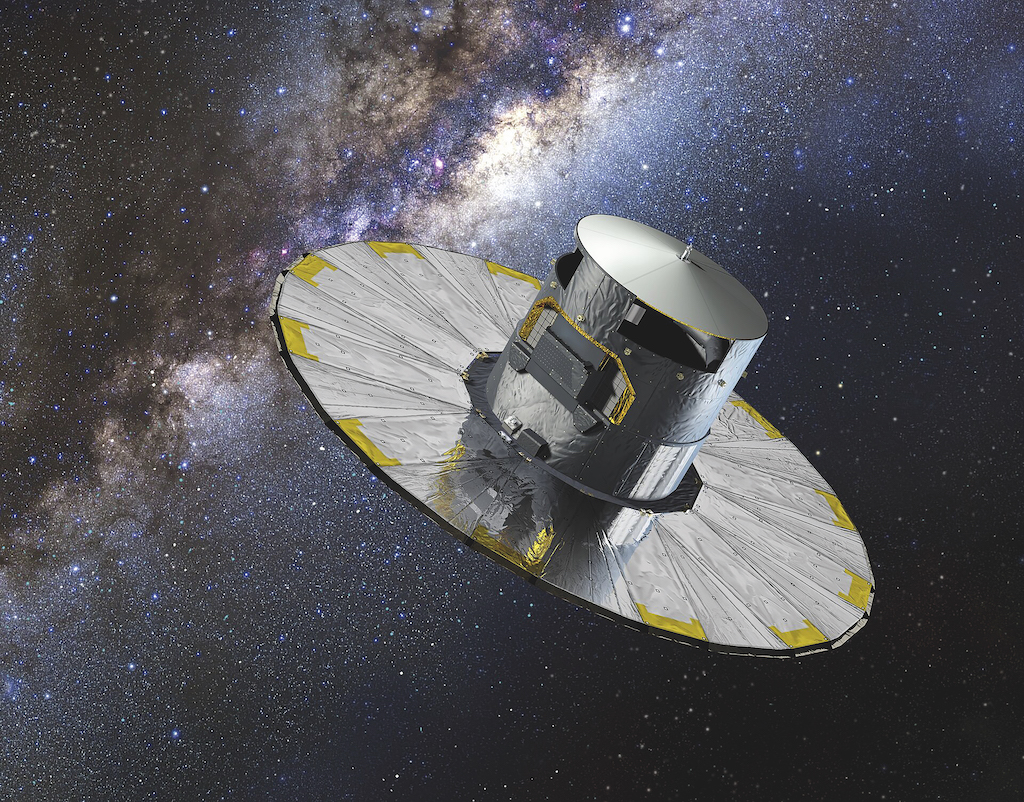
Promising candidates
So far, the survey has delivered more than 800 apparently 'missing' stars, many of which still need to be processed and studied in depth. And while there's no perfect match for Villarroel's ideal object — a vanishing act by a long-lived, stable star —many of the candidates that have been spotted are still intriguing in their own right.
"We have found a number of short-lived transients that appear on one image, and then not again. Those account for most of what we've found so far, but there are other things we're not sure of what they are yet. We've studied some of these short-lived transients, and they don't seem to be M-dwarf flares [the huge outbursts caused by the tangled magnetic fields of faint red dwarf stars that may cause them to brighten by a factor of 100 or more], or any type of supernova. I think we can start excluding those options."
Other options that seem unlikely include variable stars and cataclysmic variables or novae — eruptions on the surface of white dwarf stars in binary systems. None of the sources sit close to a known variable, and the companion star in a nova system ought to be faintly visible on some of the modern surveys, even when the white dwarf isn't.
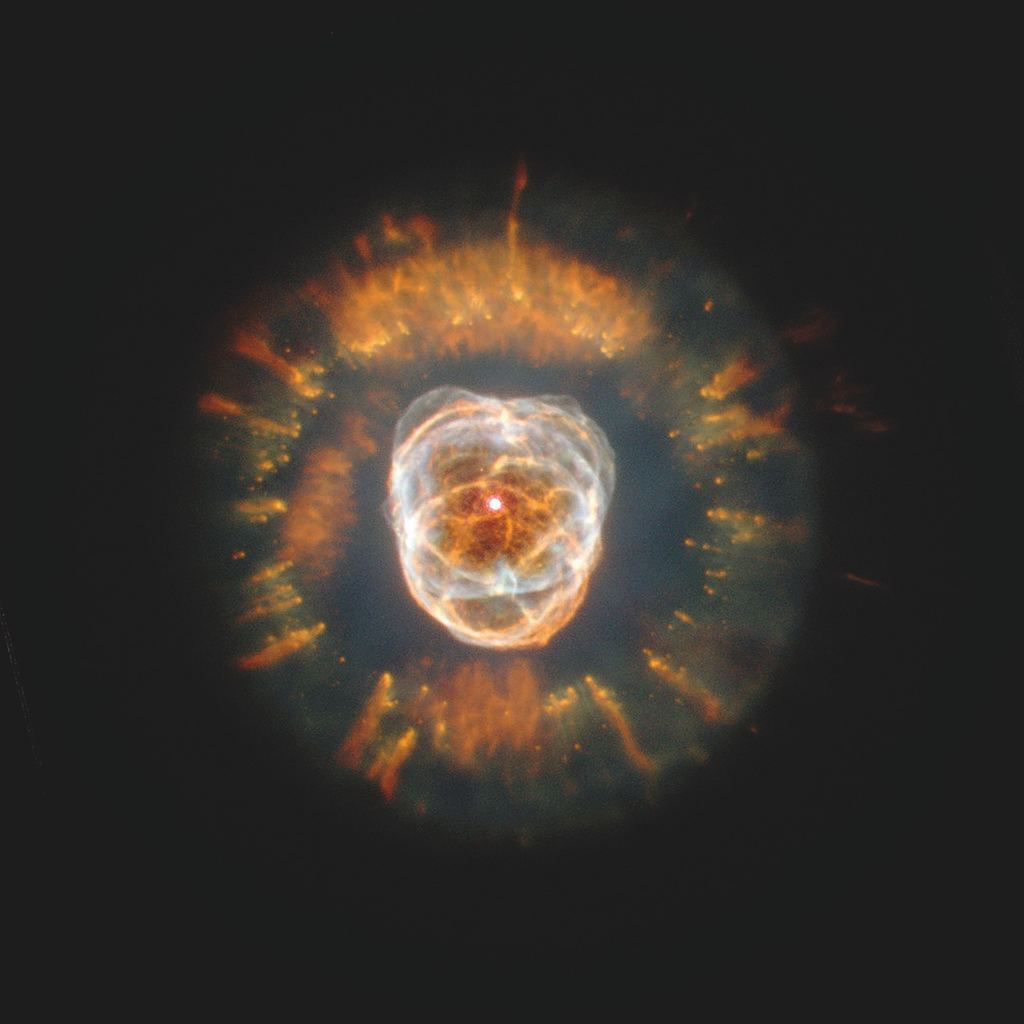
"One possibility is that they could be some kind of optical afterglow from gamma-ray bursts or fast radio bursts," Villarroel said. The sources of these high-energy cosmic eruptions are still poorly understood, but one common prediction is that as their energy output dwindles, they should pass through a brief period of visibility.
"Such outbursts are predicted to have super-big amplitudes of about eight to ten magnitudes, but fade in just a few minutes, and don't seem to have any kind of visible counterpart when we look at the locations with big telescopes. Of course, with 800 candidates we still have a lot of work to do, and I think to be clear it's almost certainly a mixed bag of objects of different types," she said.
If those 800 candidates turn out to contain an ideal vanishing star, what could be the possible explanation?
One option might turn out to be a so-called "failed" supernova — a truly monstrous star with a core so massive that it collapses into a black hole and consumes the rest of the star from the inside out, cutting off the torrent of nuclear fusion that normally accompanies a supernova explosion and leaving no visible remnant behind.
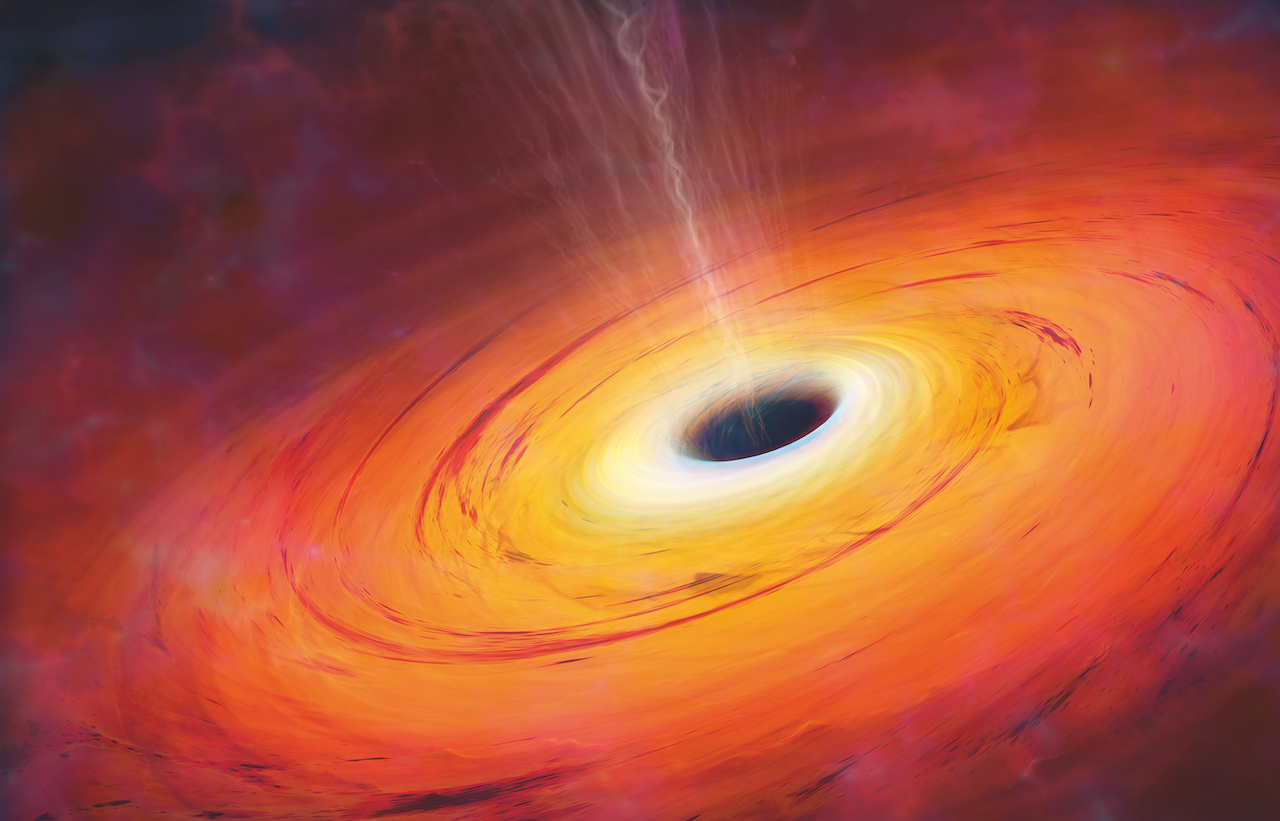
However, Villarroel thinks that the odds are stacked against this explanation — she calculates that such events should happen about once every three centuries in our galaxy, making it unlikely that the VASCO project would stumble upon one by chance.
At the moment it's hard to imagine other natural processes that might result in a star simply disappearing — and until a candidate emerges with features that can be studied, there's little point in speculating on possible new physics that might be involved in this cosmic vanishing act. However, that raises one other possibility that's inspired VASCO from the outset: The idea that apparently impossible astronomical events might give away the existence of advanced alien civilizations.
Potential future discoveries
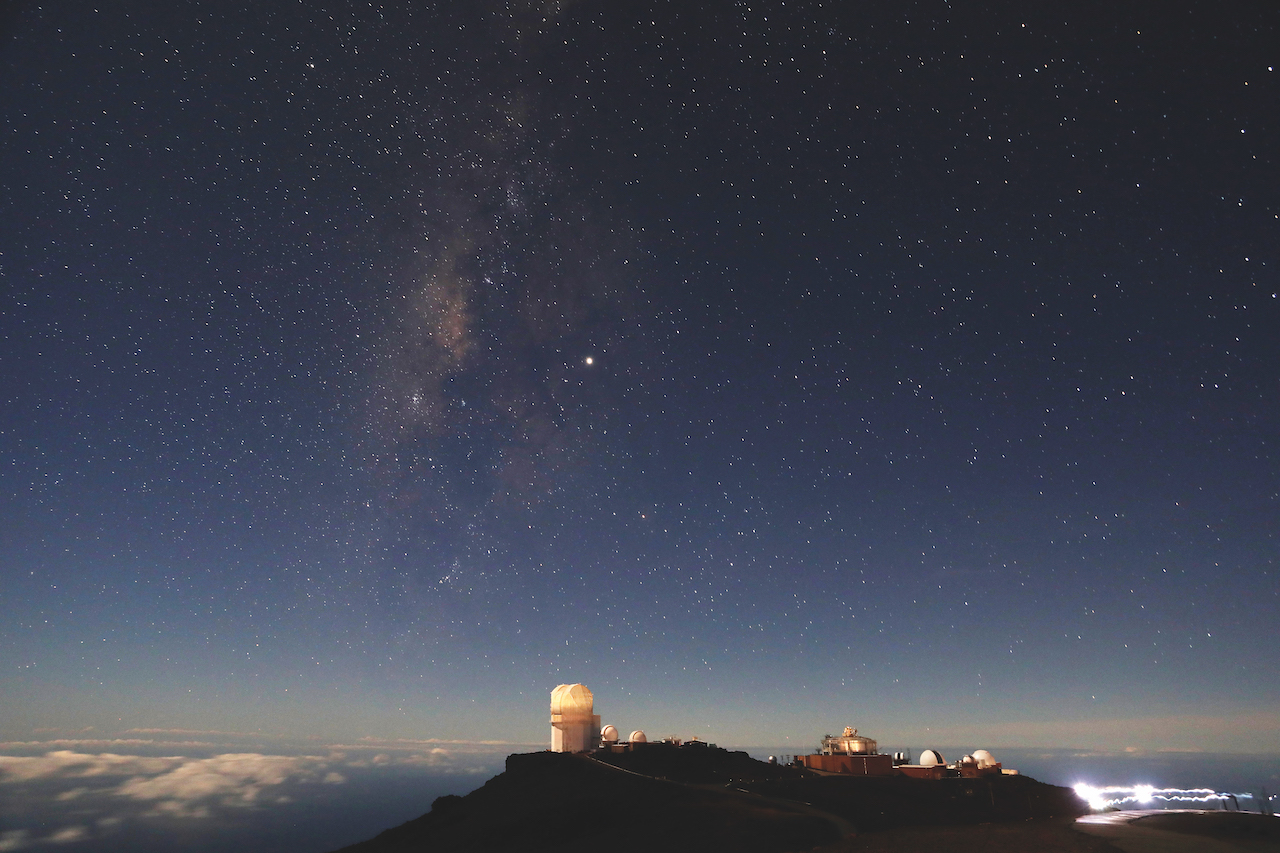
As increases in telescope size and sensitivity, coupled with computing power, have brought astronomy into its "big data" era, many SETI scientists have argued that we're more likely to detect the presence of aliens through the otherwise-inexplicable behaviors of stars and other objects than we are from radio signals deliberately or accidentally beamed in our direction by alien life.
The theory is that if civilizations become sufficiently advanced, at least some of them are likely to develop the technology required for stellar engineering, which would alter the appearance of stars in otherwise-inexplicable ways. A classic example of this is the "Dyson sphere" — a halo of orbiting power plants that would be the most efficient way of extracting energy from a star.
Related: 'Dyson sphere' legacy: Freeman Dyson's wild alien megastructure idea will live forever
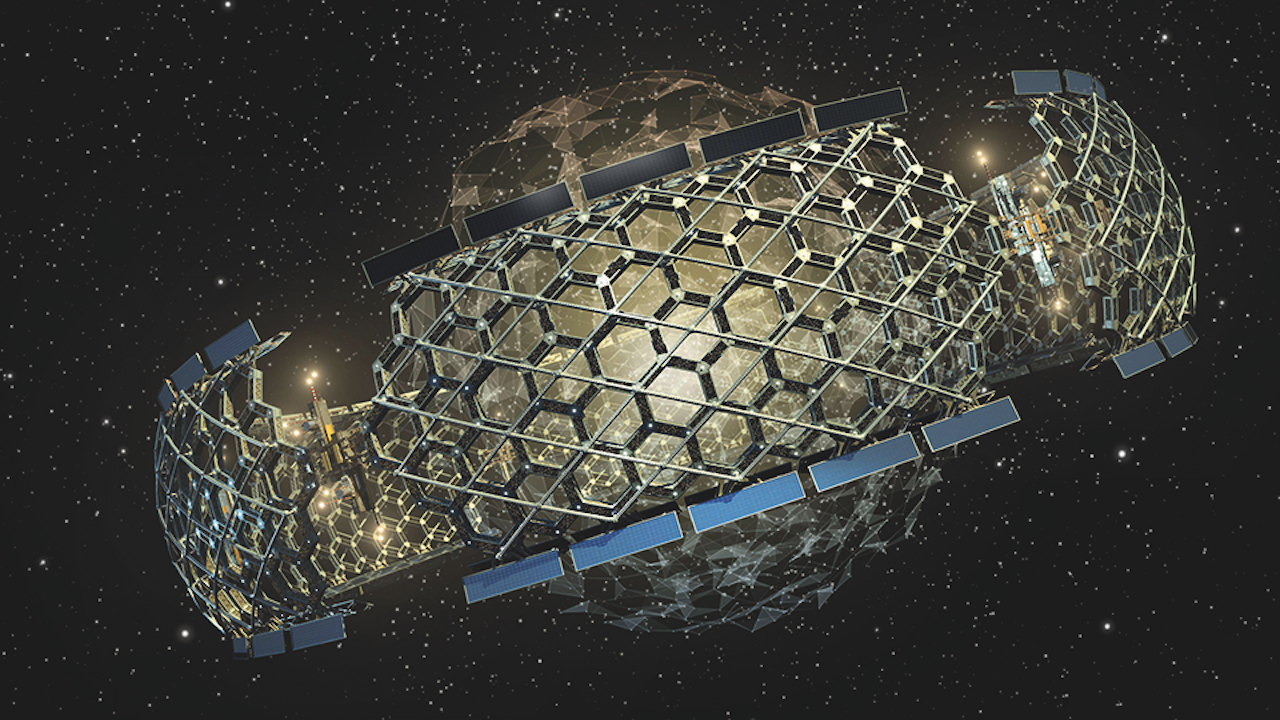
Science-fiction author Arthur C. Clarke stated in his Third Law that "any sufficiently advanced technology is indistinguishable from magic". If no natural cause for a stellar disappearance could be found, then the influence of intelligent extraterrestrials would certainly seem a more likely explanation than the supernatural.
"With regard to SETI, there are several different ways of thinking about it," Villarroel said. "Dyson spheres and other structures, beacons that are turned on and off, or point in our direction for a certain time, or maybe there are ways for a civilization to actually get rid of stars that are getting in the way."
Even the red transients that the team has identified so far could have a possible artificial cause: "Of course, the first hypotheses we go for are natural ones — and we don't have any reason to exclude those yet — but if I was in my extraterrestrial speculation mode, I guess a laser beam could also produce a red transient of this type."

While Villarroel hints at exciting discoveries that have already emerged from the data and await formal publication, in the meantime the VASCO project continues. Many of the candidates identified so far still await proper confirmation and analysis, and only a quarter of the sky has actually been checked so far. Further progress will hopefully be accelerated by more volunteer citizen scientists and new automation methods currently being developed in collaboration with the Spanish Virtual Observatory.
"We don't know of any processes where a star would just vanish, except for this hypothetical failed supernova," Villarroel reflects. "Therefore vanishing stars become interesting because we haven't observed such things in nature. The main principle was to look for things we would think of as being impossible."

After studying astronomy at University College London and Science Communication at Imperial College, Giles set out on an Exciting Adventure with Illustrated Publishing. He's since written a string of beautiful and successful books on astronomy, science and other cool subjects, and is also a regular contributor to magazines. When he's not doing the day job, you’ll find him fanboying about Doctor Who or lost in some obscure corner of history…

